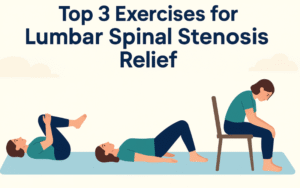Physical therapy for better posture can help you stand taller, feel stronger, and move with less pain. Whether you sit at a desk all day or struggle with slouching, poor posture can lead to stiffness, fatigue, and long-term problems. The good news? You can fix it—starting with a few simple exercises and tips from physical therapy. In this post, you’ll learn how posture affects your body, the best PT-approved moves to improve it, and answers to common posture questions. Ready to realign and feel better? Let’s get started.
Table of Contents
🚨 Looking for more information for improving your posture? Check out our How Poor Posture Leads to Back & Neck Pain (And How to Fix It) or other related posts throughout this site.
🏁 Why Good Posture Matters
Good posture isn’t just about looks—it plays a big role in how your body feels and functions. When your body is in proper alignment, you move better, breathe easier, and hurt less. Here are 3 key reasons why posture is so important—and how physical therapy for better posture can help:
1. Less Pain in Your Neck, Back, and Shoulders
Slouching puts stress on muscles and joints, leading to stiffness and pain—especially in the neck and lower back. Physical therapy can help correct poor alignment and strengthen weak areas to reduce discomfort.
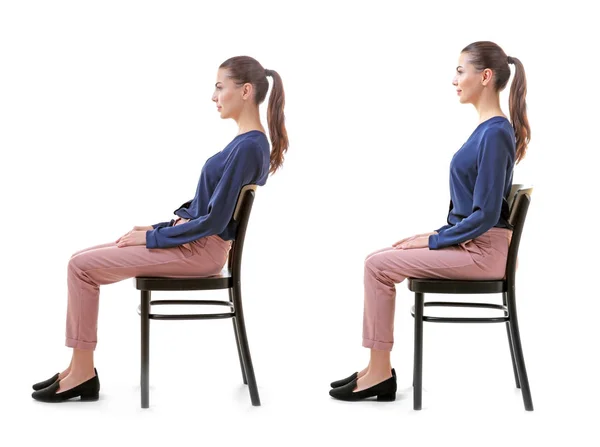
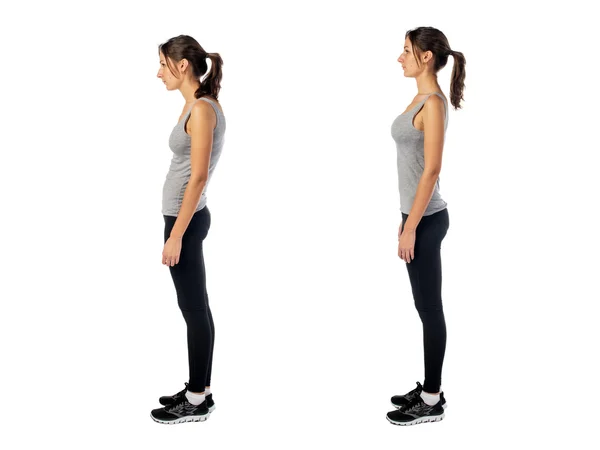
2. Better Breathing and Energy
When you sit or stand tall, your lungs have more space to expand. This helps you breathe deeper and feel more energized throughout the day.
3. Stronger Core and Better Balance
Good posture activates your core muscles. This improves balance, stability, and coordination—helping you move safely and stay active as you age.
Bottom line: If you’re dealing with aches, poor balance, or fatigue, physical therapy for better posture can help you move and feel better—starting with small, daily changes.
🧑⚕️ How Physical Therapy Improves Posture
If you’ve been dealing with slouching, rounded shoulders, or back pain, physical therapy for better posture can make a big difference. Physical therapists are trained to spot postural problems and give you the tools to fix them. Here’s how PT helps you stand taller and move better.
1. Postural Assessment and Custom Plan
Every body is different. A physical therapist will start by looking at your posture, how you move, and where you feel pain or tightness. From there, they create a custom plan just for you.
- You’ll learn what’s causing your poor posture
- You’ll know exactly which muscles to stretch or strengthen
- Your plan is safe, simple, and based on science
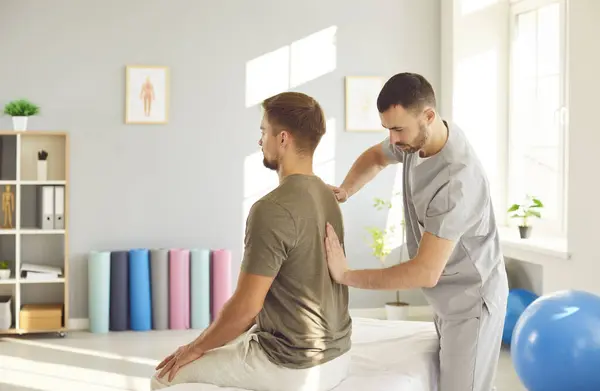
2. Corrective Exercises That Target the Root Problem
Most poor posture comes from weak muscles, tight areas, or bad habits. Physical therapy includes targeted exercises to fix those issues.
- Strengthens weak areas like the core and upper back
- Loosens tight spots like chest, neck, and hips
- Improves flexibility, balance, and control
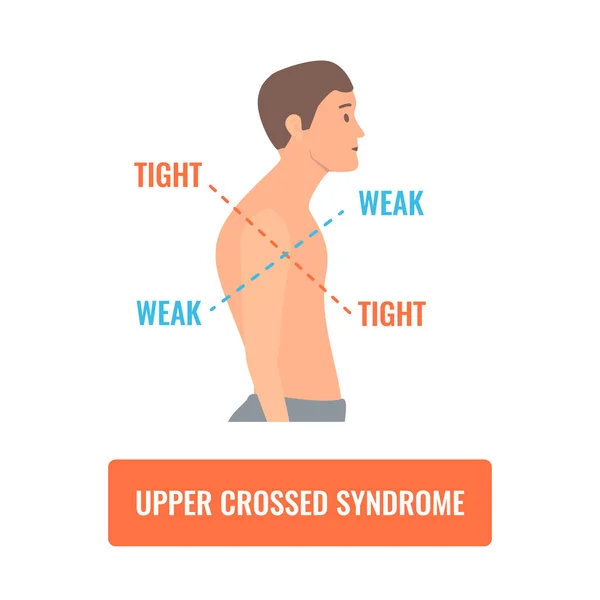
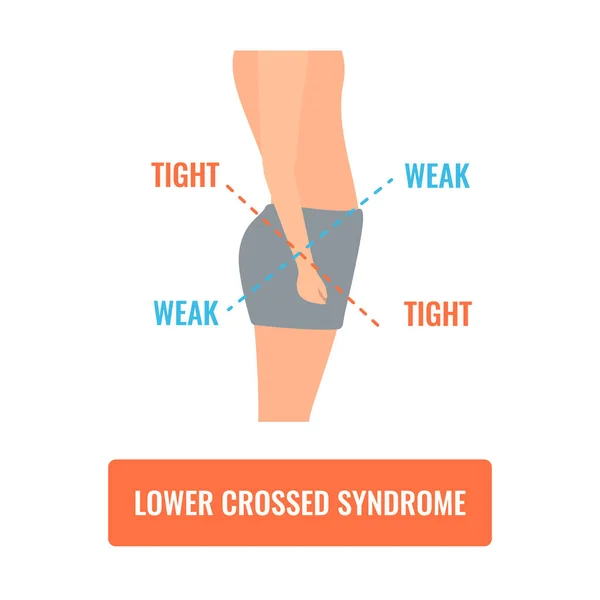
3. Education and Daily Habits That Last
Fixing posture isn’t just about exercise—it’s about changing how you move every day. PTs teach you how to sit, stand, and lift with better form.
- Simple posture cues and reminders
- Desk setup tips for better alignment
- Advice for daily routines and staying consistent
Bottom line: Physical therapy for better posture gives you a personalized plan, powerful exercises, and real-life strategies to help you feel stronger, move easier, and prevent future pain.
🏋️ Best Physical Therapy Exercises for Better Posture (With Beginner Modifications)
If you’re just getting started, don’t worry—these simple, PT-approved moves are safe and easy to adjust. Physical therapy for better posture often begins with gentle movements that focus on awareness, control, and consistency. Here are 5 great exercises, each with a beginner option:
1. Chin Tucks
Targets: Forward head posture
- Sit or stand tall
- Gently pull your head straight back (like making a double chin)
- Hold for 5 seconds, repeat 10 times
💡Beginner Tip: Do this lying down on a pillow for better support and feedback.
2. Wall Angels
Targets: Rounded shoulders, tight chest
- Stand with your back, head, and arms against the wall
- Raise arms in a “goalpost” shape
- Slowly slide arms up and down, keeping contact with the wall
💡Beginner Tip: Can’t keep arms against the wall? Start seated or lying on the floor with arms out wide and simply hold the position.
3. Scapular Squeezes
Targets: Upper back muscles
- Sit or stand up tall
- Squeeze shoulder blades together like you’re holding a pencil between them
- Hold for 5 seconds, repeat 10–15 times
💡Beginner Tip: Try this seated with a rolled towel behind your back to feel proper posture support.
4. Thoracic Extensions (Foam Roller)
Targets: Upper back stiffness
- Sit on the floor and lie back over a foam roller placed under your shoulder blades
- Support your head and gently arch back
- Hold for 5 seconds, repeat 5–8 times
💡Beginner Tip: No foam roller? Sit in a sturdy chair, clasp your hands behind your head, and gently lean back over the chair’s backrest.
5. Bird Dog
Targets: Core, spinal alignment
- Start on hands and knees
- Extend opposite arm and leg
- Hold for 5 seconds, then switch sides
💡Beginner Tip: Keep just one limb extended at a time (e.g., lift only your leg or only your arm), then progress to both when you’re ready.
👉Pro Tips for Beginners:
- ✅Do what you can—quality matters more than reps
- ✅Use a mirror or record yourself to check your form
- ✅If an exercise feels too hard or painful, stop and adjust
- ✅For best results, combine exercises with daily posture habits and ergonomic changes
Bottom line: These beginner-friendly moves used in physical therapy for better posture are safe, effective, and easy to start at home. As your strength and awareness improve, you can progress each movement to build long-term alignment and confidence.
🧾 Posture Tips from a Physical Therapist
Want better posture in your daily life? The good news is, small changes can lead to big results. These tips come straight from experts who use physical therapy for better posture to help people feel stronger, stand taller, and move with less pain.
Here are 3 key posture tips you can start using today:
1. Set Up Your Space the Right Way
Your posture starts with your environment. A poor setup—especially at your desk—can lead to slouching and strain.
Try this:
- Keep your screen at eye level
- Sit with feet flat, knees at 90°
- Support your lower back with a small pillow or rolled towel
💡Bonus: Take a quick stretch or walk every 30 minutes.
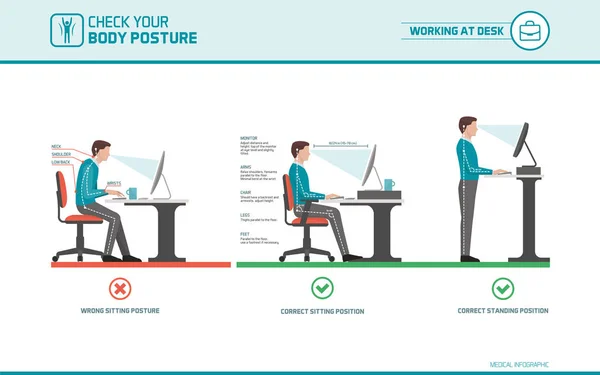
2. Use “Reset” Cues Throughout the Day
Even with a good setup, your posture can slip. That’s why physical therapists recommend quick posture “check-ins” to bring your body back into alignment.
Try this:
- Set a reminder every hour: “Sit tall, shoulders back”
- Use visual cues like a sticky note on your monitor or water bottle
- Stand up and do 2–3 scapular squeezes (shoulder blade pinches)
3. Strengthen Your Core and Upper Back
Strong muscles help you hold better posture without thinking about it. Physical therapy for better posture often includes exercises like planks, bird dogs, and rows to target these areas.
Try this:
- Add 5–10 minutes of posture exercises, 3–4 times per week
- Focus on form, not speed
- Combine strength training with stretching for best results
Bottom line: Better posture isn’t about being perfect—it’s about building awareness and making smart changes over time. With help from physical therapy for better posture, you can improve how you sit, stand, and move every day.
❓ FAQs About Physical Therapy for Posture
Have questions about how physical therapy for better posture works? You’re not alone. Here are answers to the top 3 most common questions physical therapists hear from patients looking to improve their posture.
1. How long does it take to see results from physical therapy for posture?
Most people start noticing changes within 2 to 4 weeks if they do their exercises regularly. You may feel less pain, more energy, and even stand a little taller.
What helps:
- Doing your home exercises consistently (3–5 times a week)
- Staying mindful of posture during daily activities
- Keeping up with follow-up visits if working with a PT
2. Can physical therapy fix years of bad posture?
Yes, in most cases! Even if you’ve had poor posture for a long time, physical therapy can help you improve. You may not become perfectly aligned overnight, but you can reduce pain, build strength, and move better.
What helps:
- A custom plan from a physical therapist
- Gentle stretches to loosen tight areas
- Strengthening weak muscles over time
3. Do I need a referral to start physical therapy for better posture?
In many states, no referral is needed to see a physical therapist. You can call a local PT clinic and schedule an evaluation. However, some insurance plans might require a doctor’s referral first.
Pro Tip:
Call your insurance or PT clinic to check their rules—most are happy to help you get started.
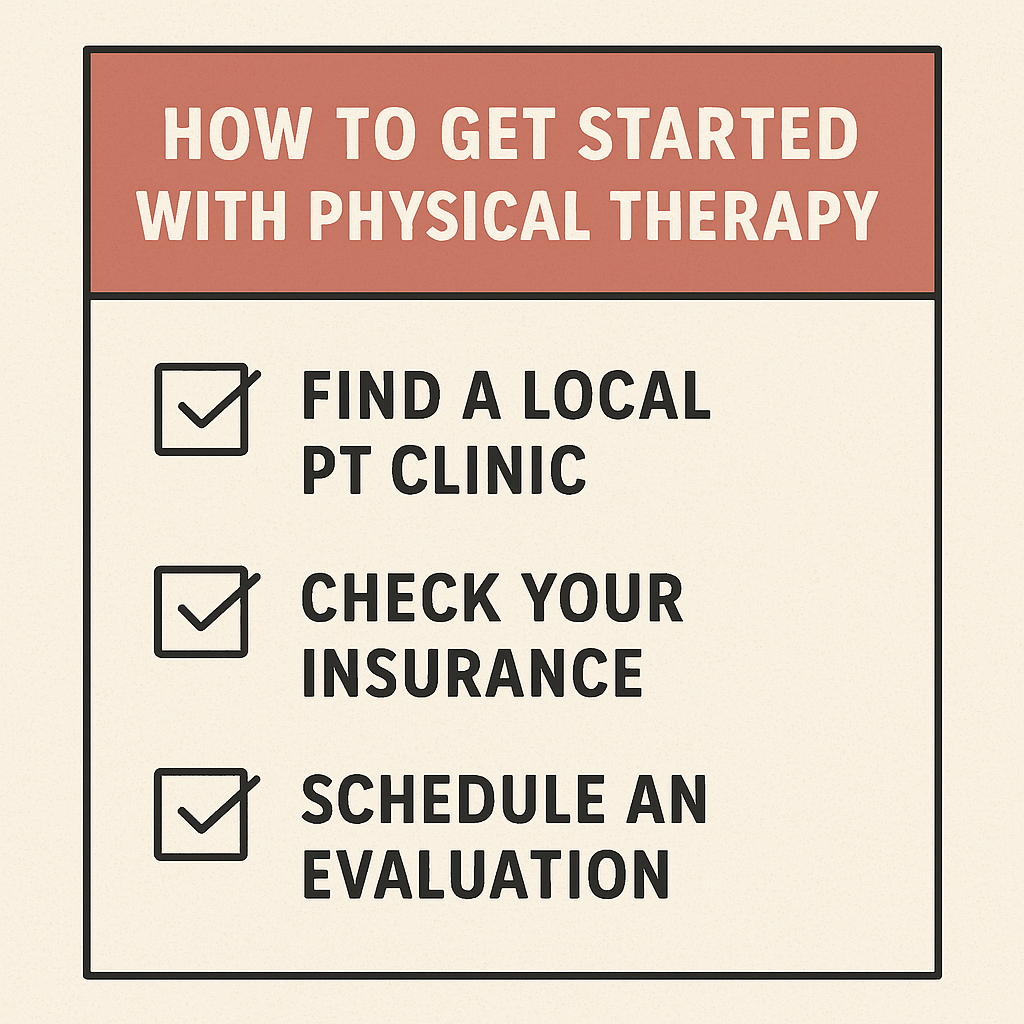
Bottom line: Whether you’re just starting or have struggled with posture for years, physical therapy for better posture can give you the tools, support, and exercises you need to feel stronger and move with more confidence.
🧠 Final Thoughts: Improve Your Posture with Physical Therapy
Poor posture doesn’t just affect how you look—it can also cause pain, fatigue, and stiffness. The good news? You don’t have to live with it. Physical therapy for better posture gives you the tools to feel stronger, move better, and take control of your health.
Here’s a quick recap of what works:
✅ 1. Know What’s Causing Your Poor Posture
A licensed physical therapist can assess your movement, find weak or tight areas, and build a custom plan just for you. This is the first step to real change.
✅ 2. Do the Right Exercises
Simple moves like chin tucks, wall angels, and bird dogs can strengthen your body and improve alignment. Start small, focus on form, and build up as you go.
✅ 3. Build Better Habits
Posture isn’t just about workouts—it’s about how you sit, stand, and move every day. Use small reminders, set up your workspace correctly, and keep checking in with your body.
Ready to Get Started?
Improving posture takes time, but the results are worth it. With physical therapy for better posture, you’re not just fixing slouching—you’re boosting strength, energy, and confidence. Whether you’re at home or in a clinic, the right guidance can help you feel your best from head to toe.
📢 Before you go! Sign up below for weekly home recovery tips, injury rehab advice, and therapist-approved gear reviews straight to your inbox!!





